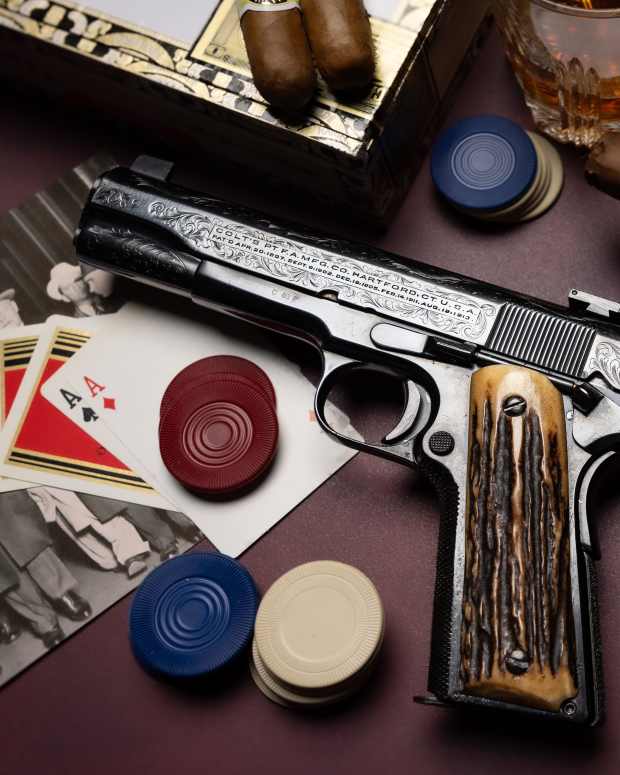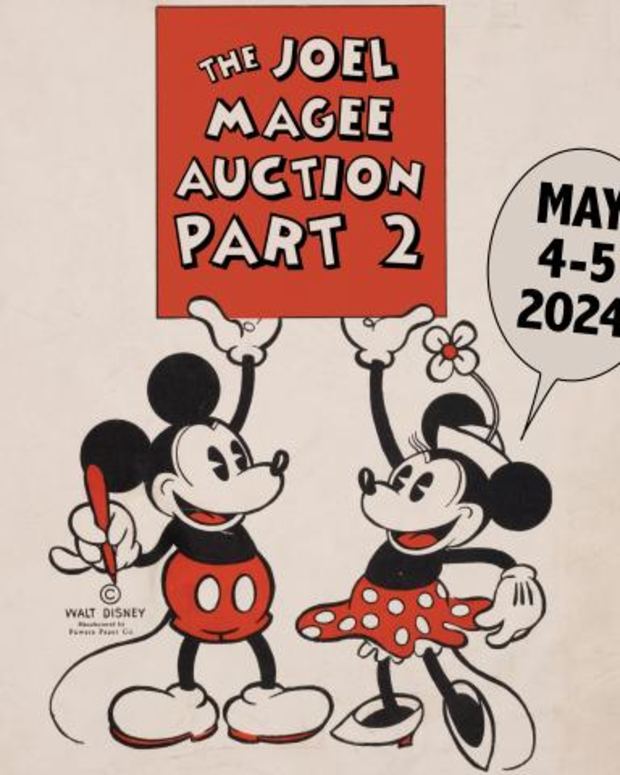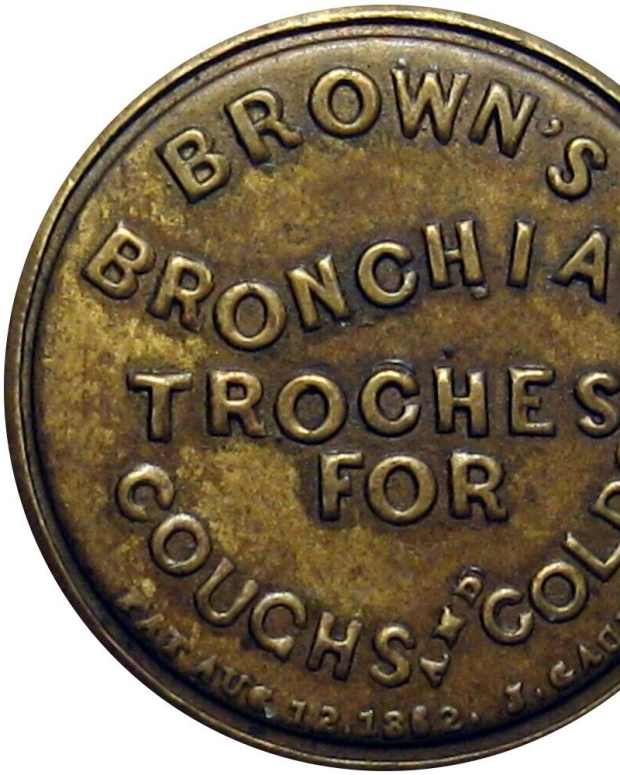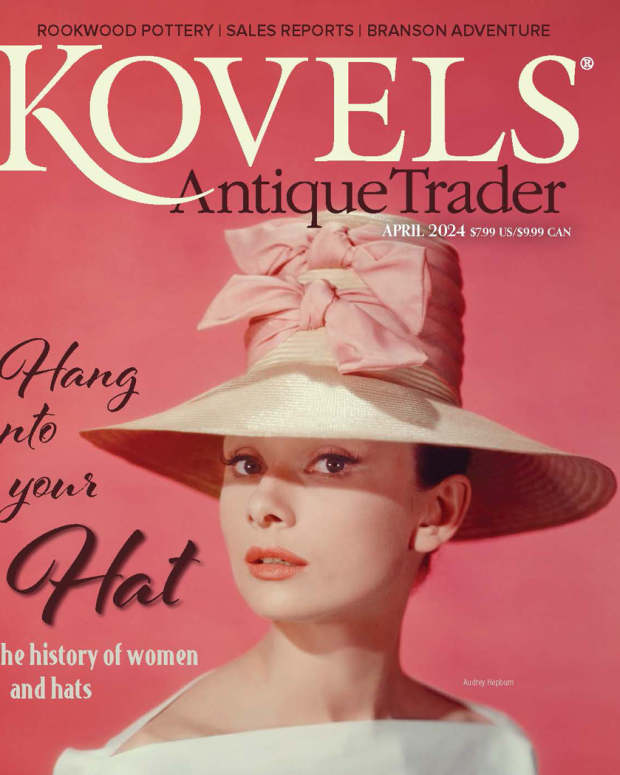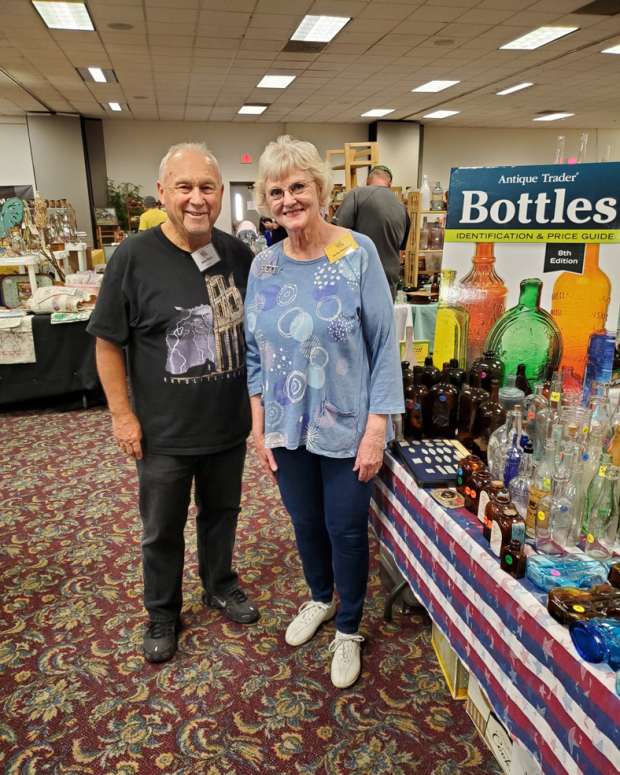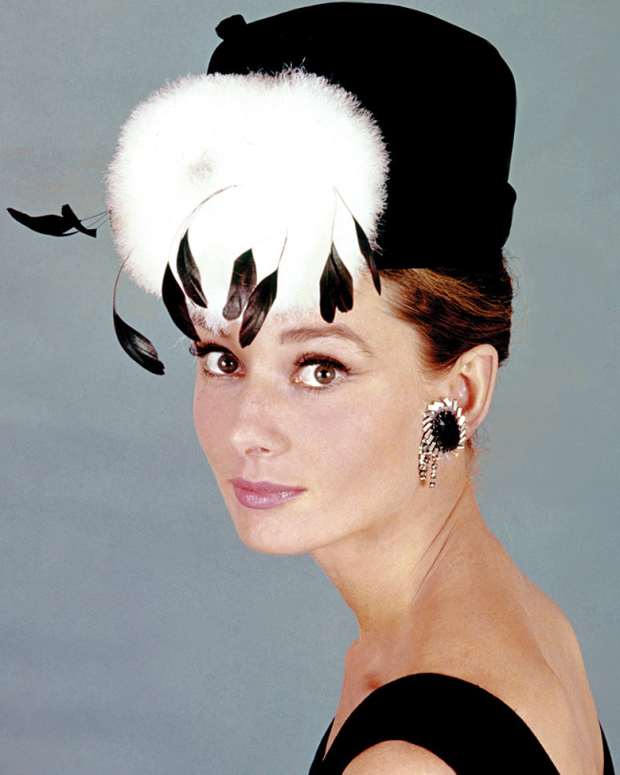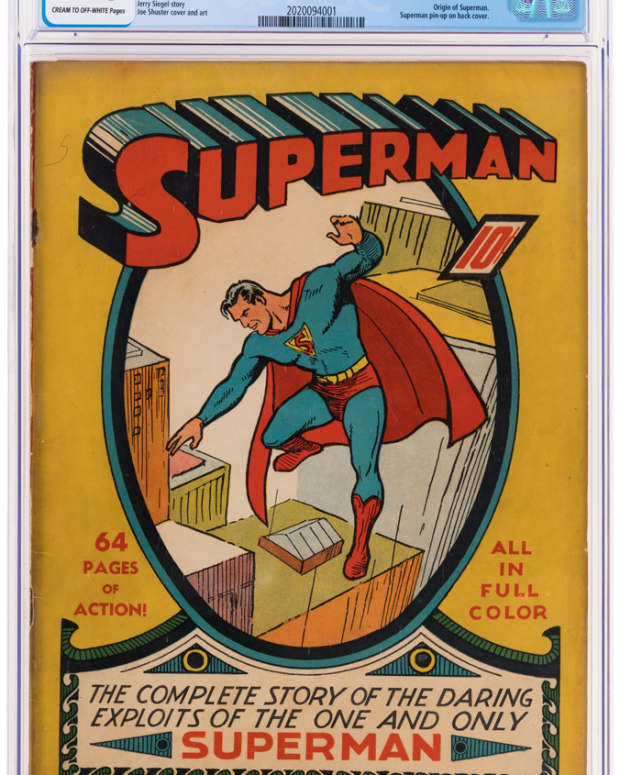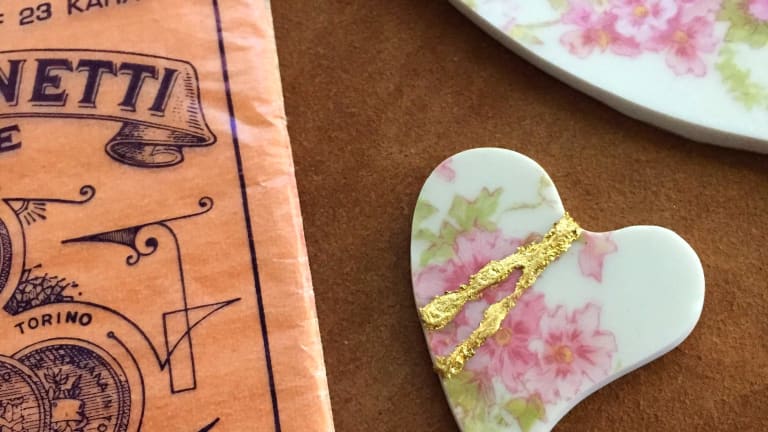
Creating Jewelry From Broken Antique China, Glass

A Boho necklace in blue, from a beautiful antique paisley-designed china dinnerware plate.
Courtesy of Laura Beth Love
Laura Beth Love sees opportunity and potential in the broken and discarded. Founder and owner of Dishfunctional Designs, based in Emmaus, Pennsylvania, she’s spent more than 30 years crafting one-of-a-kind pieces of jewelry, with a twist. She makes her masterpieces from fragments of china, pottery, glass and textiles.
What started out as a way to make some money while in college blossomed into a successful business. Her jewelry-making endeavors began in 1989, the year after she graduated from high school. She earned an associate’s degree and then completed her undergraduate education in English and professional writing from Kutztown University of Pennsylvania. Love’s first creative interest was stained glass.
“Stained glass is heavy and very breakable — it’s hard to cart around,” she notes. “I used to use scraps of the stained glass for mosaics, then I saw people make mosaics using broken china. I looked at the designs and motifs on the china and thought they were beautiful and needed to be preserved — they could be jewelry.”
Love scoured thrift stores, antiques shops and flea markets in search of incomplete tea sets or any pieces with chips or flaws. All of the china she uses for the jewelry is previously damaged, either from age, use, or both.
“I choose to work with old salvaged materials due to the personal and emotional connections that people have with these objects. I revel in their history,” Love explains.
She first began selling her wares on eBay, also showcasing pieces at juried art shows, and found a long-term home selling on Etsy. She does not have a brick and mortar store.
Love says she has around 800 plates in her basement in order to offer clients a wide selection of china, some dating to the early 1800s.
“There are millions of china patterns,” she says. “A lot of the old patterns don’t have names; they have numbers to identify them. Each decade of china patterns reflects different eras of design, such as Art Nouveau, Edwardian, Art Deco, and Victorian, up to the dime-store dinnerware of the 1920s and ’30s, through the ’50s.”
Some long-time customers ask her to be on the lookout for particular patterns or imagery, such as birds.

Love's first book, Boho Chic Jewelry, teach readers how to create jewelry with their own heirloom or thrifted pieces.
The oldest pieces of china she’s worked with have a fascinating backstory.
“My uncle used to travel to England extensively, and the Thames River is the area where the potters were, and they’d throw all their broken stuff in the river,” Love notes. “Mudlarking has had a resurgence.”
Mudlark was a term used to describe people who scavenged in river mud for things of value, especially in London during the late 18th and 19th centuries.
Love has also crafted jewelry from Depression glass and textiles.
“Someone might have their father’s tie, a piece of grandma’s wedding dress, a wedding veil, piece of a baby blanket, etc. and I can put that behind glass and turn that into a piece of jewelry,” she explains. “The jewelry is for people who love antiques, or who love the patterns.”
Every piece is one-of-a-kind because it’s crafted with Love’s own two hands. She is also self-taught.
“In this area of Pennsylvania, there are women’s associations and they put on sales, and I’d pick up books,” Love notes. “I had this thing for vintage craft books, and that’s how I taught myself to make jewelry. I’ve never had a jewelry making lesson.”
She uses mixed metals in her work and although her pieces are mainly silver solder, she also makes items in sterling silver, copper and brass, using hand tools and power tools.
“Much of the time I spend in my studio is spent experimenting with new techniques and materials. I try to look at ordinary things in new ways, and ask myself how a certain material could be turned into something completely different and new, yet still be recognizable as its original form,” she says.
Love is into the traditional Japanese aesthetics of wabi-sabi, a worldview focused on the acceptance of transience and imperfection. She takes inspiration from Kintsugi, the Japanese art of repairing broken pottery by mending the areas of breakage with lacquer dusted or mixed with powdered gold, silver, or platinum — accentuating the flaws instead of seeking to conceal them.

A “Kintsugi” heart. Love takes inspiration from Kintsugi, the Japanese art of repairing broken pottery by mending the areas of breakage with lacquer dusted or mixed with powdered gold, silver, or platinum — accentuating the flaws instead of seeking to conceal them.“It’s about accepting (flaws) as part of the item’s history,” she says. “My philosophy has always been similar to this, that you need to find the beauty in the broken, which is what I strive for with my work.”
Courtesy of Laura Beth Love
“It’s about accepting (flaws) as part of the item’s history,” she says. “My philosophy has always been similar to this, that you need to find the beauty in the broken, which is what I strive for with my work.”
Love shares her breadth of knowledge with her followers via social media, YouTube and on her blog. She is also a published author with books and instructional DVDs to her credit.
“My books teach readers how to create jewelry with their own heirloom or thrifted pieces and mainly focus on low-temp soldering for jewelry making,” she explains. “My first book, Boho Chic Jewelry, focuses on using those personal and vintage elements. My second book, Soldered Alchemy, teaches new soldering techniques that I have developed.”
It’s not surprising that Love is dedicated to recycling, repurposing and upcycling. A chair she created from recycled antique china shards (leftover from her jewelry making) was featured in the opening of South Korea’s first Upcycling Center, The Seoul Upcycling Plaza.
“I use all the scraps of china left over from my jewelry making in mosaics,” she adds.
Love accepts custom orders, often from clients commemorating a momentous occasion. For example, she’s taken a piece of damaged heirloom china to craft into a wedding gift as a bride’s “something old.” When a beloved family member passes away, one of his or her pieces of china can be mailed to Love who then takes it and crafts it into several necklaces, to then be distributed among the survivors. She’s worked with folks who have suffered losses in earthquakes, taking damaged dishware and making it into jewelry. People downsizing and not interested in lugging an entire set of grandma’s china can send in one piece to Love to craft into something new.
“I had a woman who lived in a really old farmhouse, and a lot of times people would bury their trash — years ago,” Love says. “She found a little piece of a plate and I made her two beautiful heart pendants out of it. It’s a lot of fun to do that kind of work.”

A broken china ivy leaf pendant necklace from antique Masons Ironstone in Mandalay Imari colors and a dangling green crystal.
Courtesy of Laura Beth Love
Pendants and necklaces make up 90 percent of her inventory.
“Once in a while, I’ll do rings or bracelets, but they do get banged around more,” she says, “and earrings tend to be heavy.”
When not hard at work on one of her treasures, she spends her time writing, and is currently working on two novels: one that is a mystery/fantasy fiction centered on antiques and the other is young adult adventure fiction.
For creative ideas on crafts and upcycling, free jewelry making tutorials, and how to repurpose vintage furniture, visit her blog at dishfunctionaldesigns.blogspot.com. Her companion YouTube channel is www.youtube.com/user/laurabethlove.
Her jewelry can be purchased in her Etsy shop: www.etsy.com/shop/dishfunctionldesigns, with select pieces also being available on her personal website: www.laurabethlove.com. Her work has been featured in Country Living and Lapidary Journal Jewelry Artist magazines, among others.
People interested in custom work may contact her directly at: sales@dishfunctionaldesigns.com.
Custom work prices start at $50-$75 and go up from there, depending on what the customer wants.







